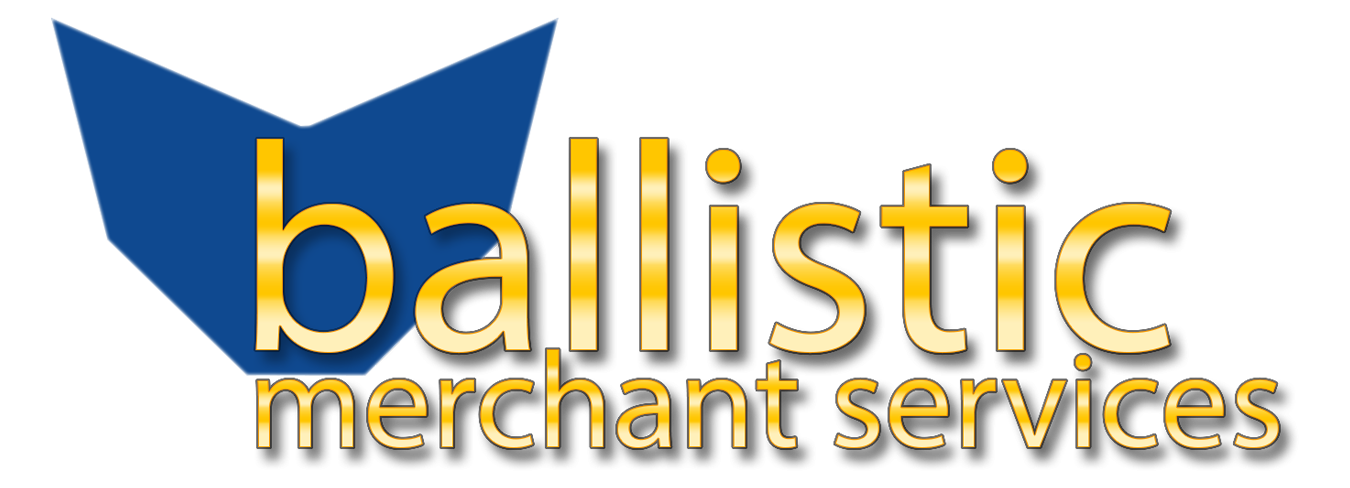• Counterfeit Detecting Devices for Cash, Credit Card, Money Order and Travelers Checks.
• Cash Handling Education
• Merchant Account Transaction Breach Insurance
• EMV, PCI DSS resources and training
• Gateway Fraud Scrubbing
1. Boldly display fraud notices. By placing fraud notices in both the content of your site and on order forms you can deter most online scammers. Explain any that violators will be pursued to the full extent of the law, and that they can be tracked using by their IP, email addresses, etc.
2. Carefully analyze orders. Use your instincts! If an order seems suspicious, check it out. Orders that are for several of the same expensive item, orders that don’t seem concerned about size or color, or large orders that request expensive overnight shipping are often signs that an order may be fraudulent. Make sure customers have completely filled out all information and that all of the information matches.
3. Use Address Verification Service (AVS). Address verification should be performed on all transactions to make sure that the information that a customer gives you matches the information that the card issuing bank has on file (this service doesn’t work outside the U.S.) You can’t exclude all orders that have different addresses for shipping than for card billing statements because it would make it impossible for customers to send gifts from your site but orders like this should be handled with caution. Remember that you can always call or email the customer concerning the nature of their order.

